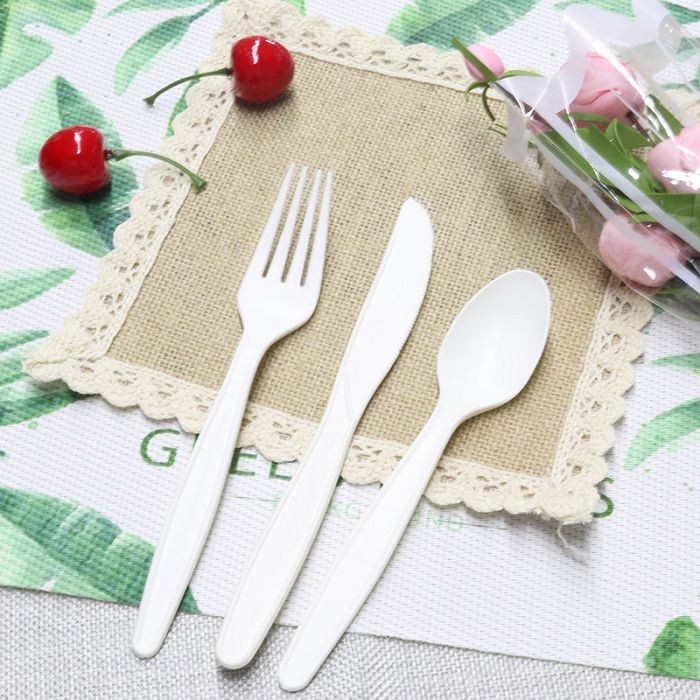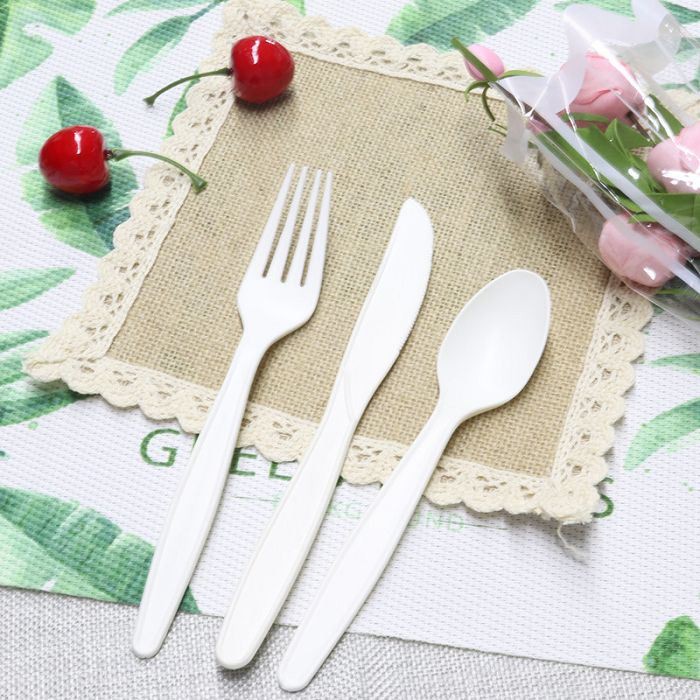How do I calibrate PSM Forks?
Aug 11, 2025
Hey there! As a supplier of PSM Forks, I often get asked about how to calibrate these nifty utensils. In this blog post, I'll walk you through the whole process, sharing some tips and tricks along the way. So, let's dive right in!
First off, let's talk a bit about what PSM Forks are. They're part of our range of Environmentally Friendly Disposable Utensils, which are not only great for the planet but also super practical. If you're looking for a reliable and eco - friendly option for your dining needs, PSM Forks are the way to go. And if spoons are more your thing, we also have PSM Spoons available.
Now, onto the calibration process. Calibrating PSM Forks might seem a bit daunting at first, but it's actually a straightforward process. The main goal of calibration is to ensure that the forks are in optimal condition for use, whether it's in a restaurant, a catering service, or even at home.
Why Calibrate PSM Forks?
You might be wondering why calibration is necessary. Well, just like any other tool or utensil, PSM Forks can experience wear and tear over time. Calibration helps to maintain their functionality and performance. It ensures that the tines of the fork are evenly spaced and at the right angle, which makes it easier to pick up food. Plus, a well - calibrated fork looks more professional and gives a better dining experience to your customers.
Tools You'll Need
Before you start calibrating your PSM Forks, you'll need a few tools. Here's a quick list:
- A small ruler or caliper: This will help you measure the spacing between the tines and the length of the fork.
- A flat surface: You'll need a stable and flat area to work on.
- A pair of pliers: This can be used to make small adjustments to the tines if needed.
Step - by - Step Calibration Process
Step 1: Inspection
The first step is to inspect the fork thoroughly. Look for any visible signs of damage, such as bent tines, cracks, or chips. If you find any damaged forks, it's best to set them aside and replace them. You don't want to serve your customers with a damaged utensil. Check the overall shape of the fork and make sure it's straight.
Step 2: Measuring the Tine Spacing
Using your ruler or caliper, measure the spacing between the tines. The ideal spacing should be consistent across all the tines. If you notice that the spacing is uneven, you'll need to make some adjustments. For example, if one tine is closer to another than the rest, you can use the pliers to gently bend the tine into the correct position. Be careful not to apply too much pressure, as you don't want to break the tine.
Step 3: Checking the Tine Length
Next, measure the length of each tine. All the tines should be of the same length. If you find a tine that is shorter or longer than the others, you can use the pliers to make small adjustments. If a tine is too long, you can carefully bend it down slightly. If it's too short, you might need to replace the fork, as it's difficult to add length to a tine.
Step 4: Testing the Fork
Once you've made the necessary adjustments, it's time to test the fork. Try picking up a small piece of food, like a piece of lettuce or a small cube of cheese. See how easily the fork can pick up the food. If it's difficult to pick up the food or if the food keeps slipping off, you might need to go back and make some more adjustments.
Tips for Successful Calibration
- Take your time: Calibration is a precise process, so don't rush it. Make sure you measure and adjust each fork carefully.
- Keep your tools clean: Dirty tools can leave marks on the forks, so make sure to clean them before and after use.
- Store your calibrated forks properly: After calibration, store the forks in a clean and dry place to prevent them from getting damaged again.
How Often Should You Calibrate?
The frequency of calibration depends on how often you use the forks. If you're a restaurant or a catering service that uses PSM Forks on a daily basis, it's a good idea to calibrate them at least once a month. If you use them less frequently, you can calibrate them every few months.
Troubleshooting
Sometimes, you might run into some issues during the calibration process. Here are some common problems and how to solve them:
Bent Tines
If you have a bent tine that is difficult to straighten, you can try soaking the fork in warm water for a few minutes. The warm water can make the plastic more flexible, which makes it easier to bend the tine back into shape.


Stuck Tines
If the tines seem to be stuck together, you can try using a small amount of lubricant, like cooking oil. Apply a tiny amount of oil between the tines and then use the pliers to gently separate them.
Conclusion
Calibrating PSM Forks is an important process that helps to maintain their functionality and performance. By following the steps outlined in this blog post, you can ensure that your forks are in top - notch condition. Whether you're a business owner looking to provide the best dining experience for your customers or a home cook who wants to use high - quality utensils, proper calibration of PSM Forks is key.
If you're interested in purchasing PSM Forks or have any questions about calibration or our other products, don't hesitate to reach out. We're always here to help you with your cutlery needs. Let's work together to make your dining experience even better!
References
- General knowledge about disposable cutlery and calibration processes.
- Experience from working as a PSM Forks supplier.
